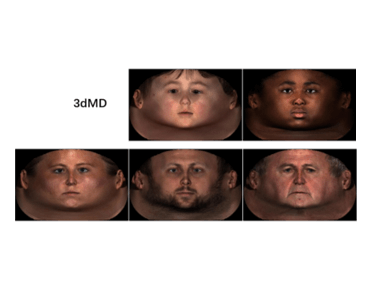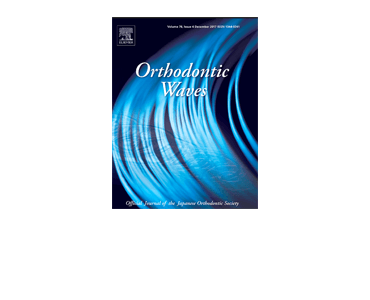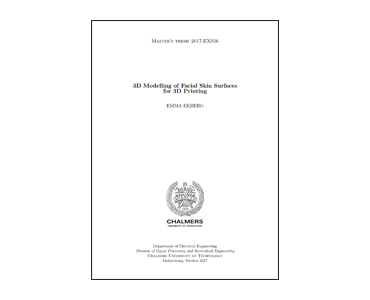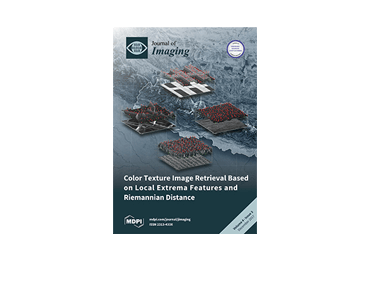Facial morphology and growth following surgery for congenital midline cervical cleft patients. Y Fan, H Matthews, N Kilpatrick, P Claes, J Clement, A Penington.
Date: January 2018 (Online). Source: International Journal of Oral and Maxillofacial Surgery. Abstract: Congenital midline cervical cleft (CMCC) is a rare condition that consists of a cutaneous midline neck lesion with a sinus extending inferiorly towards the sternum. A fibrous band that extends superiorly to the mandible is a consistent feature of the condition. Restriction…










